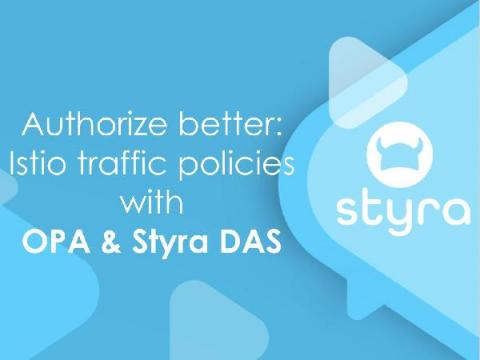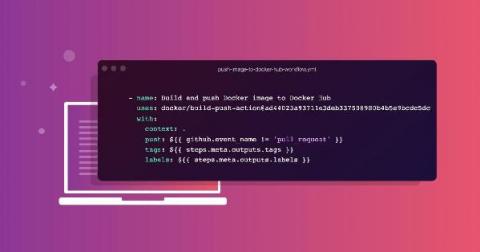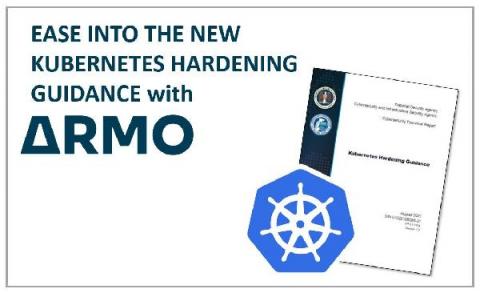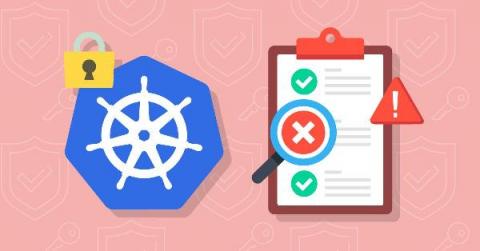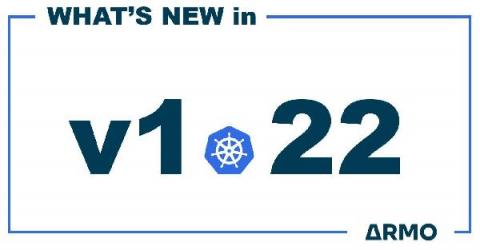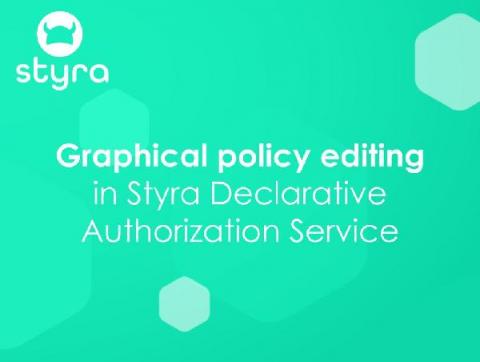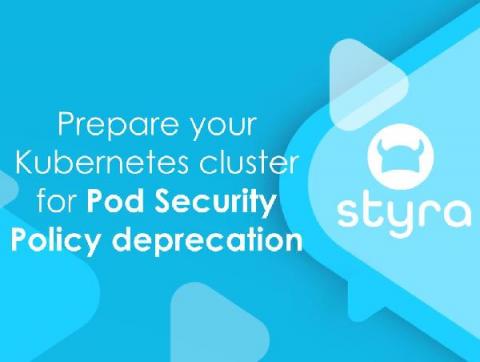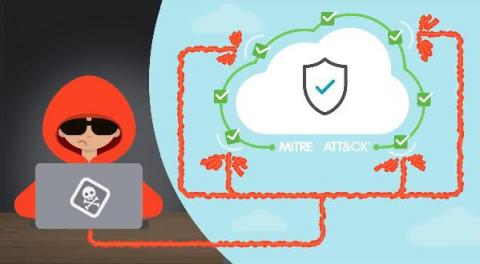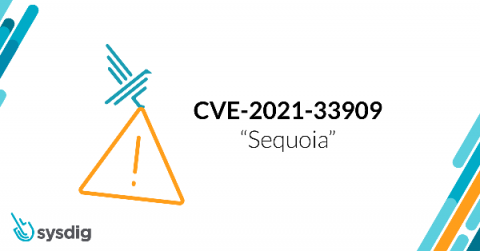Authorize better: Istio traffic policies with OPA & Styra DAS
Cloud native tooling for authorization is an emerging trend poised to revolutionize how we approach this oft-neglected part of our applications. Open Policy Agent (OPA) is the leading contender to become a de-facto standard for applying policies to many different systems — from workloads running on Kubernetes to requests passing through Istio.


